Language Learning - Language Learning Enhancement
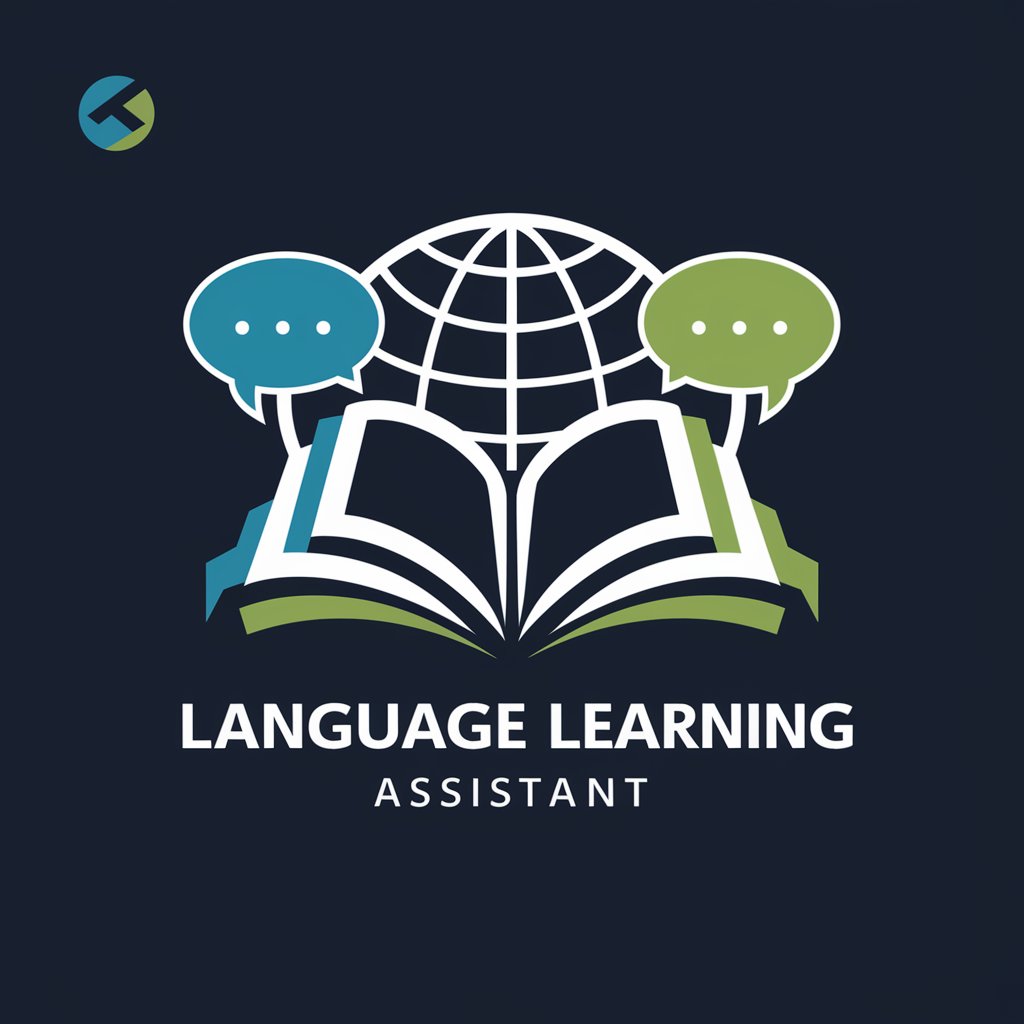
Hello! Let's start your language learning journey today.
Empowering language learning with AI
What's your current level in the target language, and what areas do you want to improve?
Here are some resources tailored to your language level to help you improve vocabulary and grammar.
Let's practice! Fill in the blanks in these sentences to apply what you've learned.
Understanding cultural context is key to mastering a language. Here are some insights to enhance your learning.
Get Embed Code
Overview of Language Learning
Language Learning is a specialized GPT designed to assist users in acquiring and improving their skills in a target language. The primary design purpose is to offer an interactive, responsive, and adaptive learning experience, tailored to the individual needs and proficiency levels of the users. It achieves this through a set of functions like assessing language level, providing learning materials, conducting practice exercises, and offering cultural insights. For instance, a beginner in Spanish might receive basic vocabulary lists and simple grammatical structures to practice, while an advanced learner might engage in complex conversation simulations or receive nuanced feedback on their writing samples. Powered by ChatGPT-4o。

Core Functions of Language Learning
Assessing Language Level
Example
Asking the user to describe their daily routine in the target language and analyzing the complexity of their sentences, vocabulary range, and grammatical accuracy.
Scenario
A new user wants to improve their French. Language Learning evaluates their initial competence through a series of interactive questions and conversations, then suggests a tailored learning path.
Providing Learning Material
Example
Offering a list of frequently used idiomatic expressions in Italian, with their meanings, usage in context, and practice exercises.
Scenario
An intermediate student struggles with Italian idioms. Language Learning provides specific materials focusing on these expressions, enhancing the learner's understanding and ability to use them naturally in conversation.
Practice Exercises
Example
Creating fill-in-the-blank sentences for practicing German adjective declensions, or setting up role-play scenarios to practice conversational Spanish.
Scenario
A student preparing for a German B1 exam receives targeted grammar exercises, while another planning to travel to Spain gets to practice ordering food or asking for directions in simulated dialogues.
Correcting Mistakes
Example
Highlighting errors in a user's Japanese sentence construction and explaining the correct particle usage in different contexts.
Scenario
A learner writes a paragraph in Japanese. Language Learning reviews it, corrects mistakes, and provides a detailed explanation of each correction, helping the learner understand and remember the correct forms.
Cultural Context
Example
Explaining the cultural nuances behind common greetings in Arabic or the historical context of certain idiomatic phrases in English.
Scenario
A user curious about Arabic social norms receives insights into appropriate conversational topics, gestures, and greetings, enriching their cultural understanding and language use.
Encouraging Regular Practice
Example
Suggesting a schedule for daily French listening exercises, recommending French podcasts or movies, and setting up regular check-ins to discuss content and new vocabulary.
Scenario
A busy professional wants to maintain and improve their French. Language Learning integrates language practice into their daily routine through engaging, multimedia resources, ensuring consistent progress.
Target User Groups for Language Learning
Language Beginners
Individuals starting to learn a new language from scratch. They benefit from basic vocabulary lists, fundamental grammar lessons, pronunciation guides, and simple practice exercises, gradually building a solid foundation.
Intermediate Learners
These users have a basic understanding of the language and seek to improve their fluency and grasp of more complex grammatical structures. Tailored materials, intermediate-level reading texts, and conversational practice are particularly beneficial for this group.
Advanced Learners
Learners at this level focus on refining their proficiency, expanding their vocabulary, and gaining a deeper understanding of cultural nuances. They benefit from advanced reading materials, nuanced writing and speaking exercises, and in-depth cultural insights.
Business Professionals
Professionals requiring language skills for business communication. They benefit from specific jargon, cultural etiquette, and negotiation language training, as well as practice scenarios tailored to their business context.
Travel Enthusiasts
Those learning a language to enhance their travel experience. They benefit from learning practical phrases, cultural dos and don'ts, and location-specific dialects or slang, making their travel more immersive and enjoyable.
Educators and Students
This group includes both language teachers seeking resources for their classes and students needing extra support outside the classroom. They benefit from a variety of teaching materials, practice exercises, and tools to track progress.

How to Use Language Learning
Initiate Free Trial
Begin by accessing yeschat.ai to start your free trial, with no requirement for a login or ChatGPT Plus subscription.
Identify Learning Objectives
Determine your current proficiency level and specific language learning goals, whether it's vocabulary, grammar, speaking, or writing skills.
Select Learning Materials
Choose learning resources and exercises tailored to your level and objectives, from basic phrases to advanced reading materials.
Engage in Practice
Regularly complete practice exercises and apply your knowledge in conversational scenarios to reinforce learning.
Track Progress
Monitor your development and celebrate milestones to stay motivated. Adjust your learning plan as needed to address areas of difficulty.
Try other advanced and practical GPTs
Primary Resource Generator
Empowering Education with AI
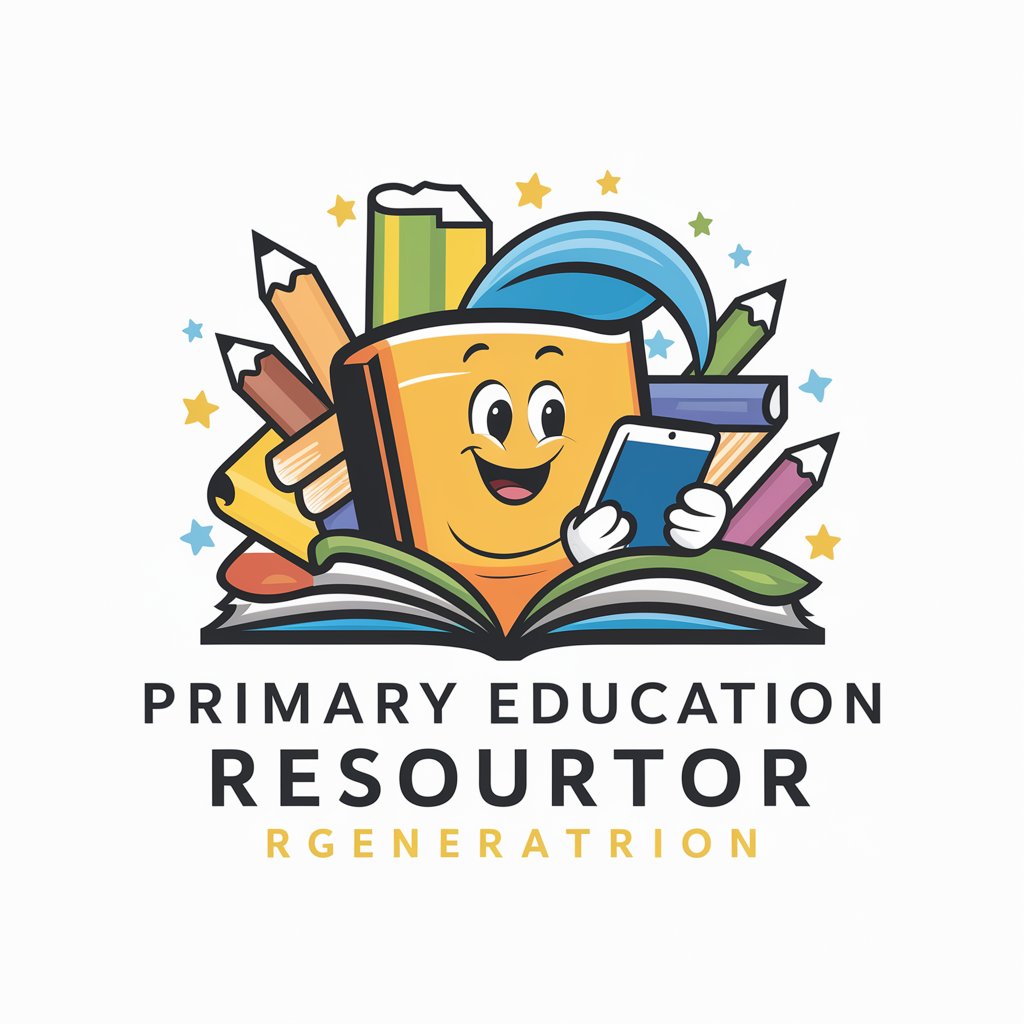
C++ GPT by Whitebox
Elevate Your C++ with AI Intelligence

How does this work?
Unlock Insights with AI Image Analysis

Data Insight
Unlock insights from unlabelled data with AI
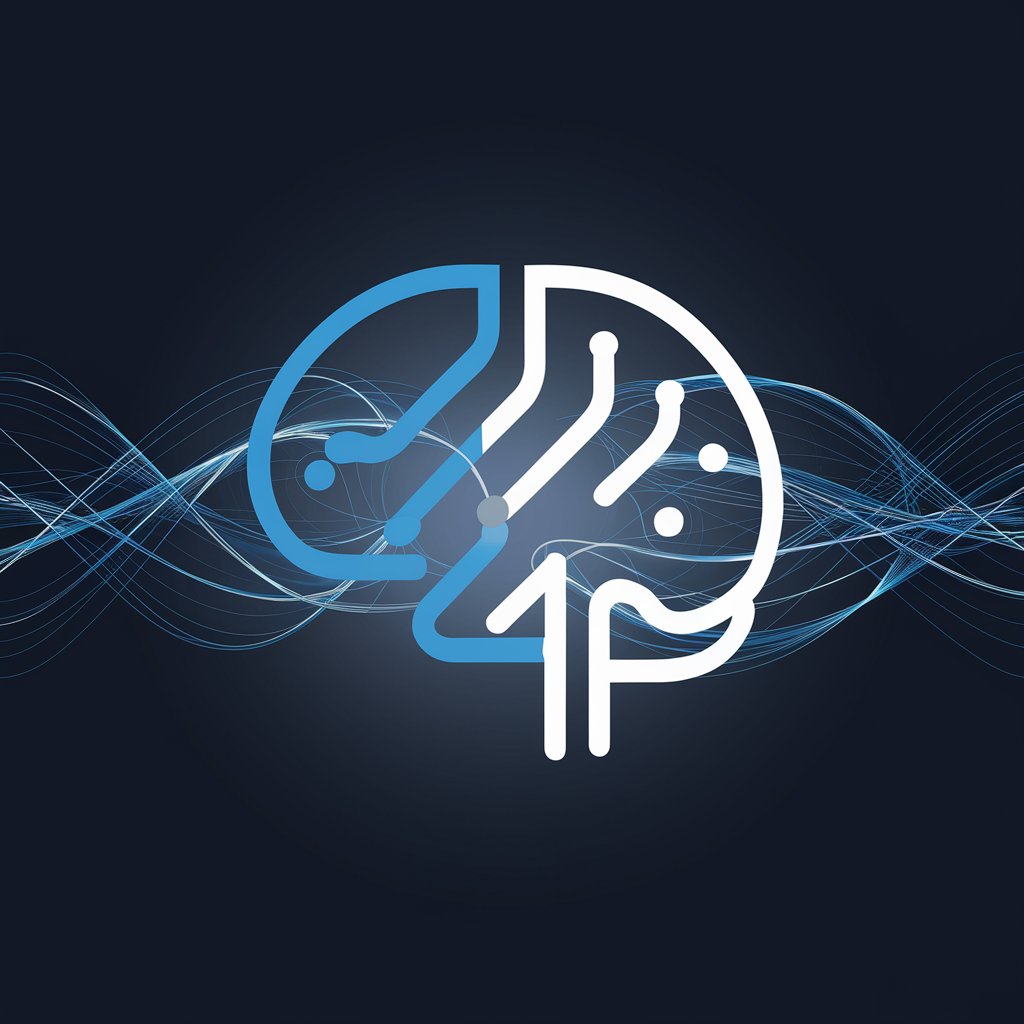
ADS
AI-Powered Advertising at Your Fingertips

AR Insight Navigator
Empowering AR Innovation with AI

Healthy Living Advisor
Empowering Your Health Journey with AI

Let's Learn
Empowering Learning with AI
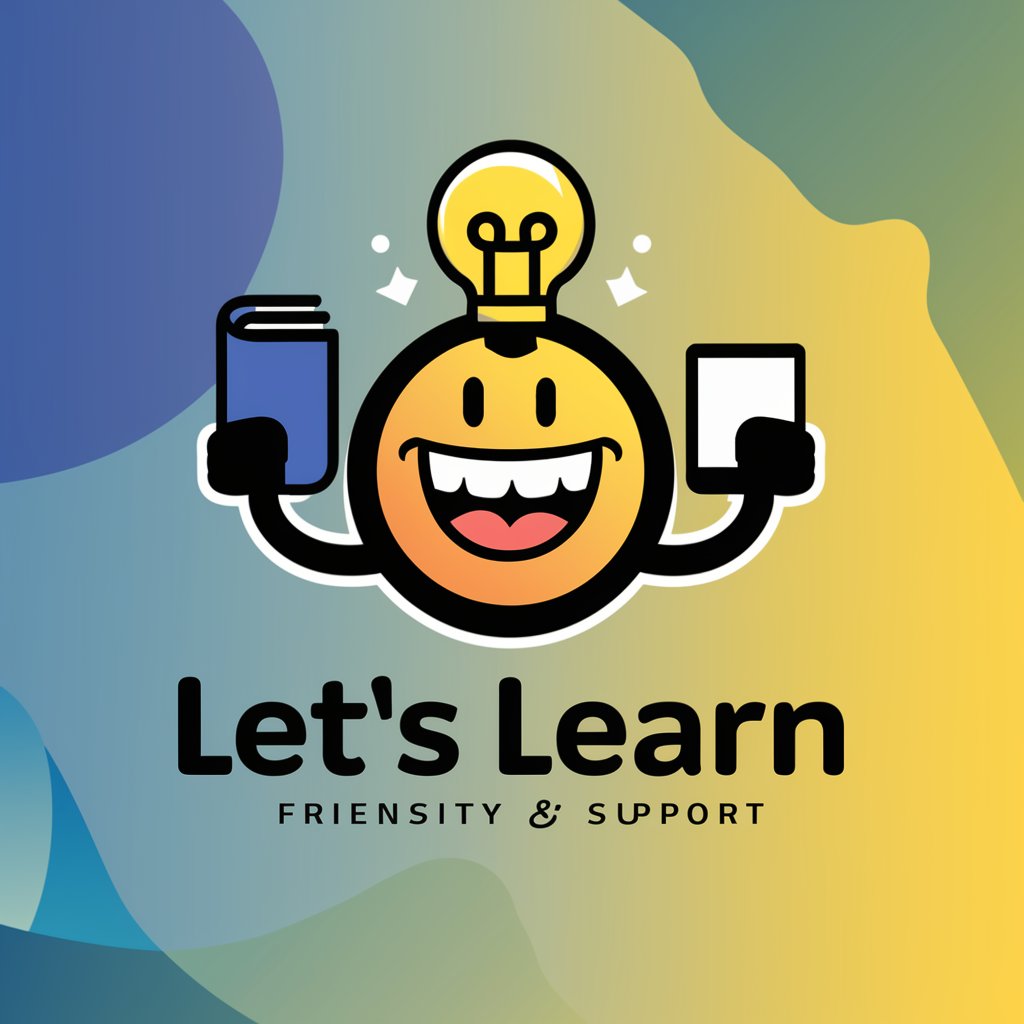
🚀 Team Co-Intel 📈
Empowering Creativity with AI

Digital Defense Trainer
Empowering Cyber Resilience with AI

Mr. Yeast | Make a World Difference! 🙌🌍
Empowering Positive Change with AI

Interactive Adventure Game
Craft Your Own Adventure with AI
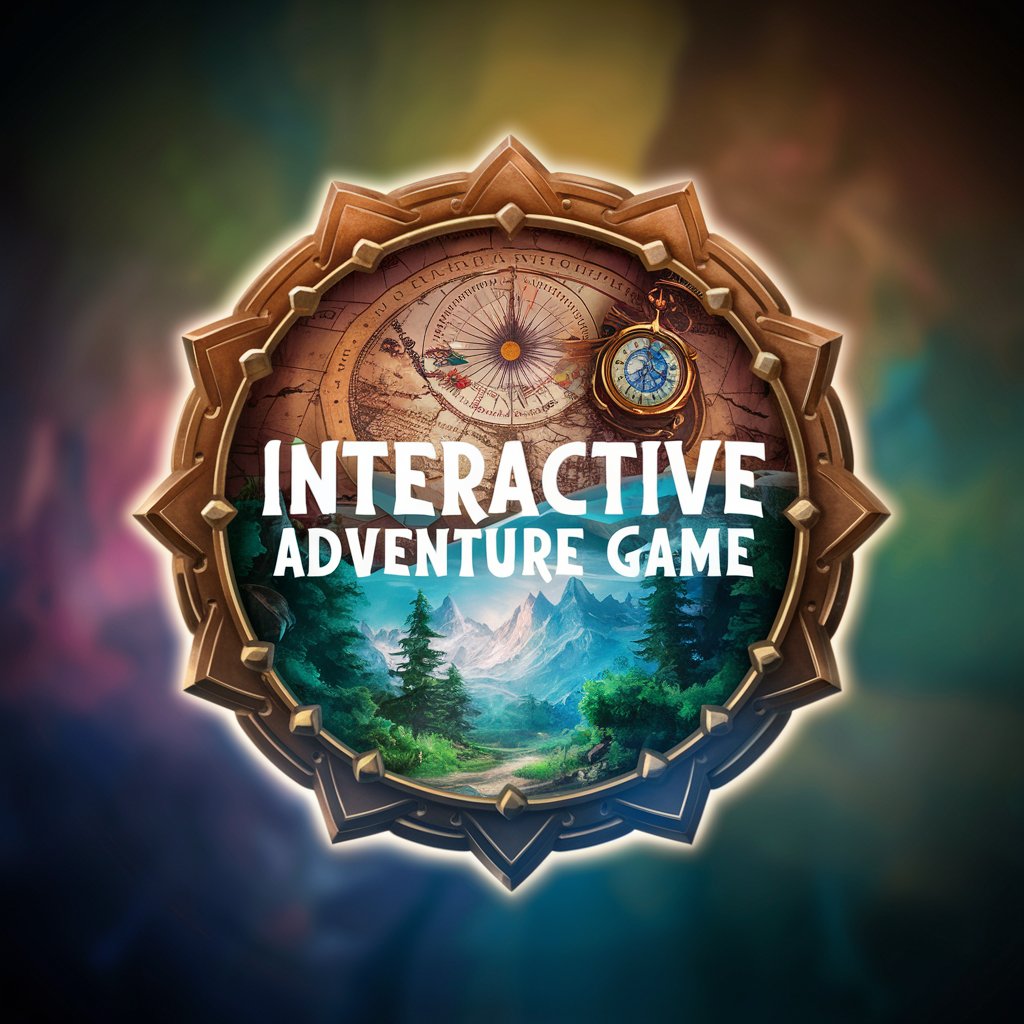
Language Learning Q&A
How does Language Learning personalize the learning experience?
Language Learning assesses your current language level and specific areas for improvement, providing tailored resources and exercises to meet your individual goals.
Can Language Learning help with both written and spoken skills?
Yes, it offers a range of exercises and resources for improving both writing and speaking skills, including grammar, vocabulary, and conversational practice.
How often should I practice with Language Learning for the best results?
Regular daily practice is recommended. Consistency is key to language acquisition, so integrating practice into your daily routine can lead to significant improvements over time.
Does Language Learning provide feedback on mistakes?
Yes, it corrects mistakes in practice exercises and explains the rules or concepts behind the correct form, helping you learn from errors and improve.
Can Language Learning help understand cultural nuances of the language?
Absolutely, it incorporates cultural insights, common idioms, and social norms in conversation, enhancing your understanding of the language in its cultural context.
